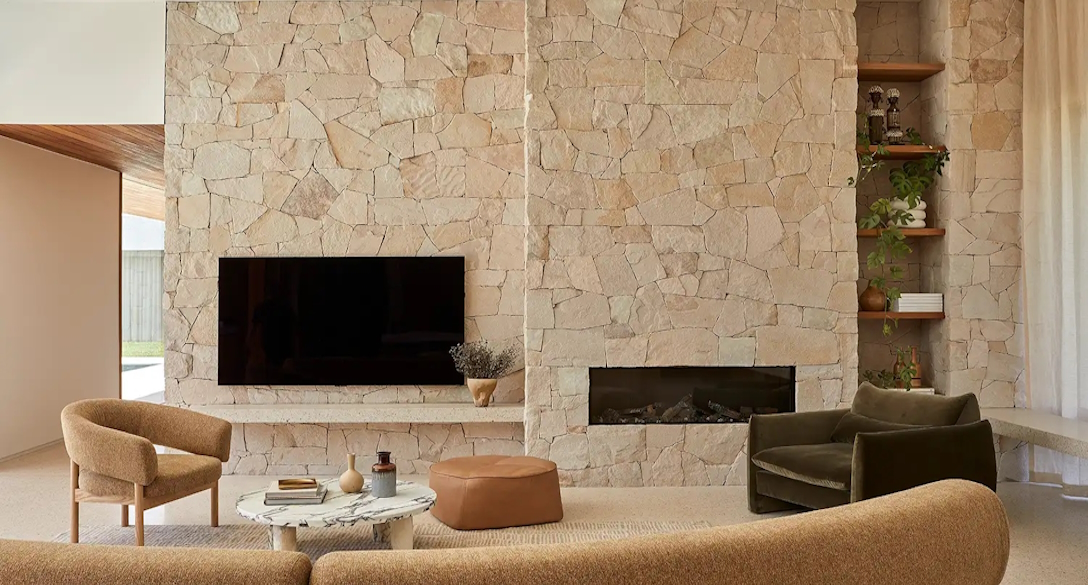How to Blend Indoor and Outdoor Spaces Seamlessly

Creating a natural flow between your indoor and outdoor spaces can make your home feel larger, brighter, and more inviting. Whether you’re working with a spacious backyard or a small balcony, the key is to design with continuity in mind. This isn’t just about looks — a well-connected home encourages more time spent outdoors, improves airflow, and can even boost your property value.
One way to achieve this smooth transition is through consistent flooring choices. Using materials like limestone tiles across both your interior and exterior areas creates a unified look that makes the boundary between spaces almost disappear. Pair this with smart layout decisions, and you’ll have a home that feels open and connected without major structural changes.
Choose Complementary Colours and Materials
Colour plays a huge role in creating visual harmony. Neutral tones such as soft greys, warm beiges, or muted browns work well both inside and out, providing a timeless backdrop for furniture, plants, and decor.
For materials, aim for those that can handle both indoor comfort and outdoor durability. Natural stone, composite decking, and weather-resistant woods are excellent options. Even if you can’t match materials exactly, keep textures and tones consistent so the transition feels intentional rather than abrupt.
Use Large Openings for a Natural Flow
Doors and windows are the literal gateways between your spaces. Wide sliding doors, bifold panels, or French doors make it easier to merge the two areas visually and physically. When open, they create a continuous line of sight, allowing light and fresh air to move freely between spaces.
If large openings aren’t an option, you can still frame your view strategically. Opt for glass panels or windows that align with your outdoor focal points, like a garden, pool, or seating area.
Coordinate Your Furniture and Decor
Matching or complementary furniture styles help link the spaces together. Outdoor furniture doesn’t have to be bulky or overly casual — plenty of weather-resistant pieces have the same sleek, comfortable designs as indoor seating.
Accessories also matter. Use similar cushions, rugs, or planters inside and out to create a sense of flow. For a more subtle approach, repeat certain colours or shapes in both areas.
Blur the Lines with Greenery
Plants are an easy and affordable way to bridge your spaces. Indoor plants near windows or doors can connect visually with your garden or patio plants, softening the boundary between the two.
Choose low-maintenance greenery that works well in both environments, like ferns, palms, or succulents. If space allows, you can even extend your garden into the home with vertical planters or potted trees.
Consider Lighting as a Design Tool
Consistent lighting is crucial for a seamless look. Outdoor lighting doesn’t have to be stark or purely functional — warm-toned lights can match the cosy glow of your indoor fixtures, making the spaces feel like one continuous area after sunset.
String lights, lanterns, and recessed lighting all work well to tie the spaces together. Just remember to use outdoor-rated fixtures for safety and longevity.
Keep the Layout Flexible
The most functional indoor-outdoor spaces are adaptable. Lightweight, movable furniture makes it easy to rearrange for gatherings or quiet nights. In smaller homes, pieces that work both indoors and outdoors can be rotated between spaces as needed.
Folding chairs, collapsible tables, and stackable stools are practical for maintaining flexibility without sacrificing style.
Blending your indoor and outdoor spaces isn’t about copying one area exactly — it’s about creating a smooth, natural connection that feels effortless. With thoughtful choices in flooring, colour, materials, and decor, you can design a home where the transition is so subtle, you hardly notice it’s there. The result is a living space that feels larger, brighter, and perfectly in tune with the way you live.










